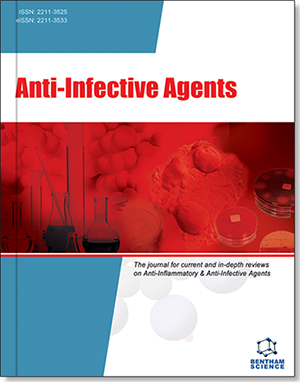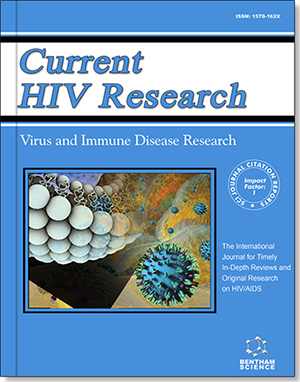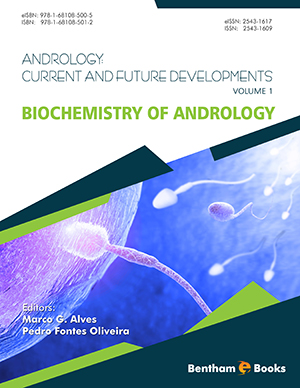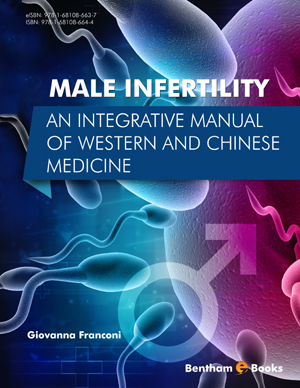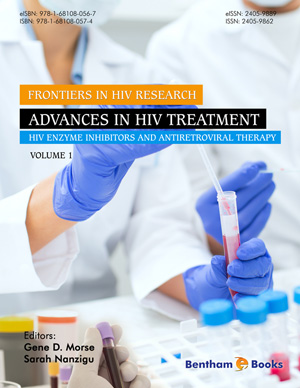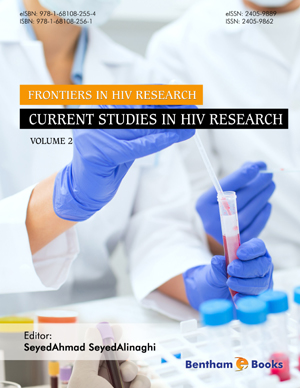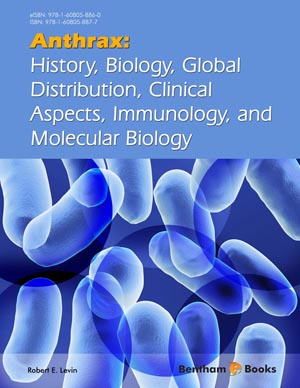Abstract
Anti-infective agents are secondary metabolites produced and obtained from a different sources (plants, bacteria, virus, fungi, and marine oceans) with antibacterial or antiviral properties. The mechanism of action of these compounds is also broad and extensive as well. Anti-infective agents (antibacterial or antiviral) possess either a bactericidal/virucidal or bacteriostatic /virustatic ability against microbes and viruses. To impact as safer alternatives for the treatment of emergent and reemergent infectious diseases, it is neccesary to have a better knowledge of the more recent advances in phytomedicine, etnopharmacology, and omics technologies that might lead to therapies a based on natural formulations of adjuvants and/or of different combinations of compounds (e.g. secondary metabolites+antimicrobial peptides) with complementary properties (immunological, pharmacological), that are a promised strategy to curb multidrug resistance strains (MDR) and/or super drug resistance bacteria (XDR). Therefore, the aim of the present chapter is to outline the world of anti- infective agents, along with their mechanism of action.
Keywords: Anti-Infective Agents, Gram(+), Gram(-) Bacteria, Intracelular, Viruses.








